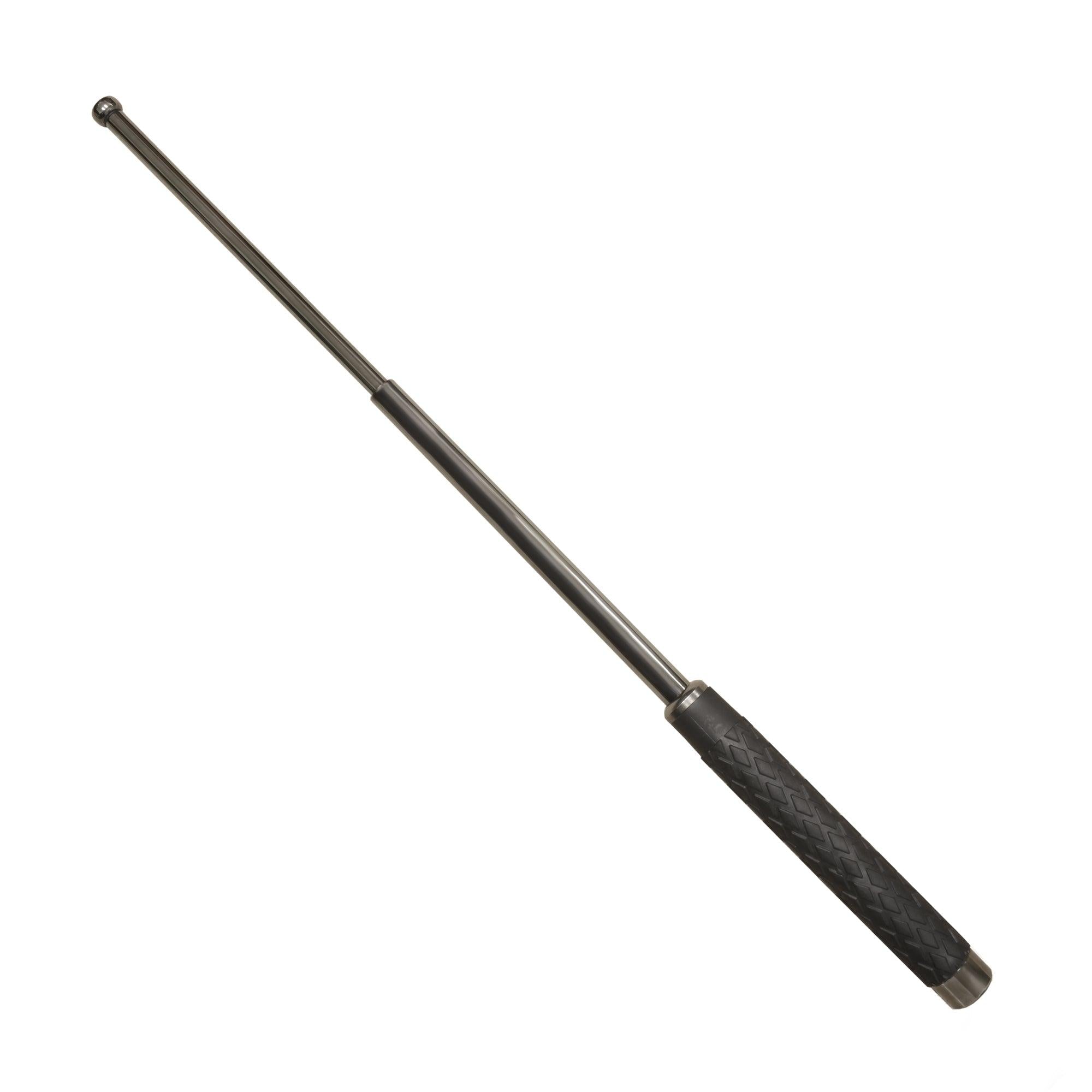
There are several steps you can take in order to protect yourself during a physical attack. Avoid distractions, preserve your energy, and escape a wristlock. These tips can help to protect yourself from a wide range of situations. These are the top ways to protect yourself during an attack. This information may prove useful if you're ever under attack.
For your defense against attackers, you should avoid distractions
You can use distractions to your advantage in self-defense. If you get distracted, the aggressor expects you to be distracted. This prepares his/her brain for a specific attack. An attacker will be more likely to back down if you distract him or her. Here are some ways to use distractions for self-defense.
Reduce fatigue and conserve energy
Self-defense principles can be applied off the mat too. If you are physically stronger than an attacker, you can use defensive tactics to conserve your energy and make an escape. You should not be oppressed or negatively affected by an attack. You should also be quick to find any openings that may present themselves. Evasion and other defensive strategies can help you escape from the situation.

To temporarily blind someone, you can poke an attacker in the eye.
Here are some tips to help you jab your opponent in the eye temporarily to blind them while you fight. Remember that a sharp blow to the eye can cause serious injury and it is very dangerous. Sharp blows to the Adam's apples can also be deadly. You should also remember that fighting in a schoolyard, or tussling among friends, shouldn't cause any serious harm to your self. When you aren't safe, fighting aggressively may be the best way to escape.
Escape the wristlock
If your attacker has their hands around you neck, you may be in a position to escape the wristlock. Grab your dominant hand with your other hand and drive it into he jugular, which is the hollow between the larynx and sternum. This will require you lock your elbow while rotating your shoulder to extend your arm as strong as possible.
Kicking an attacker in their groin temporarily blinds them
There are two main ways to knock an attacker out. The first way is to strike their groin. It's the area between the collarbones and their groin. One can temporarily stop someone's breathing by hitting their throat. A second option is to kick the attacker in their groin. This is where they are most vulnerable. You can inflict severe damage to their testicles. However, this is more difficult than hitting the target from the floor.

FAQ
Do I need to exercise every day?
No! Get at least 30 minutes of moderate-intensity physical activity 5 days a week. It means you need to exercise hard enough or walk fast enough that you are slightly out-of- breath.
Is Cardio Better Than Strength Training?
Both are equally effective. However, cardio is more effective if you're looking to bulk up faster.
Cardio burns more calories per hour than strength training, and also burns more fat.
Strength training builds muscle mass, but it takes longer to achieve this goal than cardio.
Do Men Need A Gym Membership?
A gym membership is not necessary for men. However, your money will be more valuable if you join a gym.
Most gyms offer free trial memberships, allowing you to try out the facilities before paying any fees.
You can use our gym anytime you like and it's free. Your membership can be cancelled at any time you choose to love it or not.
Statistics
- By John Thompson Take a whopping 38% off a set of PowerBlock Pros. (menshealth.com)
- Candidates and applicants must pass all four tests at 70% (minimum level) to graduate from Basic Deputy U.S. Marshal (BDUSM) Training. (usmarshals.gov)
- Get free shipping and 25% off today. (healthline.com)
- 10 pounds in a month is likely during a lean bulking phase, especially for beginners. (muscleandstrength.com)
- Cardmembers earn 5% Back at Amazon.com with a Prime Credit Card. (amazon.com)
External Links
How To
How can a man lose weight in just 30 days.
Breaking down fitness goals into manageable steps will help you reach your fitness goals.
Each day you need to be working towards your goal. This could mean doing 10 pushups every 5 minutes or running 3 km.
If you do this consistently over time, you will see positive results.
The key thing here is consistency. It is important to persevere until you succeed.
What is the difference between Aerobic Fitness (or Anaerobic Fitness)?
Anaerobic fitness means that our bodies can perform intense physical work with no oxygen. During periods of high-intensity exercise, we use anaerobic pathways to provide enough energy to complete the task. Anaerobic pathways can include glycolysis, creatinephosphate, the Phosphagen, and lactic acids.
Contrary to that, aerobic fitness is the ability to sustain low-intensity exercises for a long time. Aerobic exercise is a form of aerobic exercise in which oxygen is the primary fuel source for the cells. In other words, aerobic pathways provide more energy than anaerobic.
You must build your aerobic capacity before you can run a marathon. If you don't focus on increasing your aerobic capacity, you will not be able finish the race.
Aerobic fitness is also referred to as cardiovascular fitness. The two most common methods of measuring cardiovascular fitness are VO2 max testing and step tests.
VO2 Max Testing
The body's maximum oxygen consumption during exercise is called the VO2 Max. This test measures how much oxygen the body can use while exercising.
This is the best test to assess cardiovascular fitness. This test requires expensive equipment, and highly qualified professionals to administer.
Step Tests
Step tests are an easy but powerful way to determine your cardiovascular fitness. They involve walking or jogging on a treadmill or track for a certain duration based on your age and weight.
These tests cost little, are quick and simple to do, and can be carried out almost anywhere. For example, you could walk on a treadmill 20 minutes and then stop. Throughout the entire session, your heartbeat should stay within a set range.
This method is known as the "Bruce Protocol". Bruce was himself a runner and developed the protocol after realizing his heart rate wouldn't increase when he ran for longer distances.